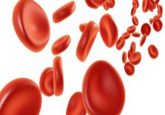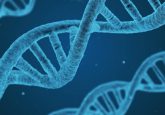Body mass and cancer: genetics, endocrinology… and more

An article by Guo et al. [1] published in August 2016 should interest any researcher involved in the study of the connection between body mass values and cancer incidence, which is especially evident for breast cancer. The traditional and seemingly established point of view, which originates, at least, from the research of de Waard [2], considers women of reproductive age with higher BMI to be less inclined to breast cancer development compared with women with normal BMI values, although the situation reverses after the menopause (i.e., becomes high BMI/high breast cancer risk). These differences are usually explained (and by Guo et al. [1]) by an ‘estrogen factor’ role. In particular, in the first (premenopausal) group, the relationship is explained by the influence of anovulatory menstrual cycles, less estrogen production and consequent breast epithelium proliferation signal attenuation. In the second (post-menopausal) group, the excess of adipose tissue derived estrogens, which leads to their higher mean serum level compared with women with normal body mass, is considered the most important related risk factor.
Click here to read the full article.




